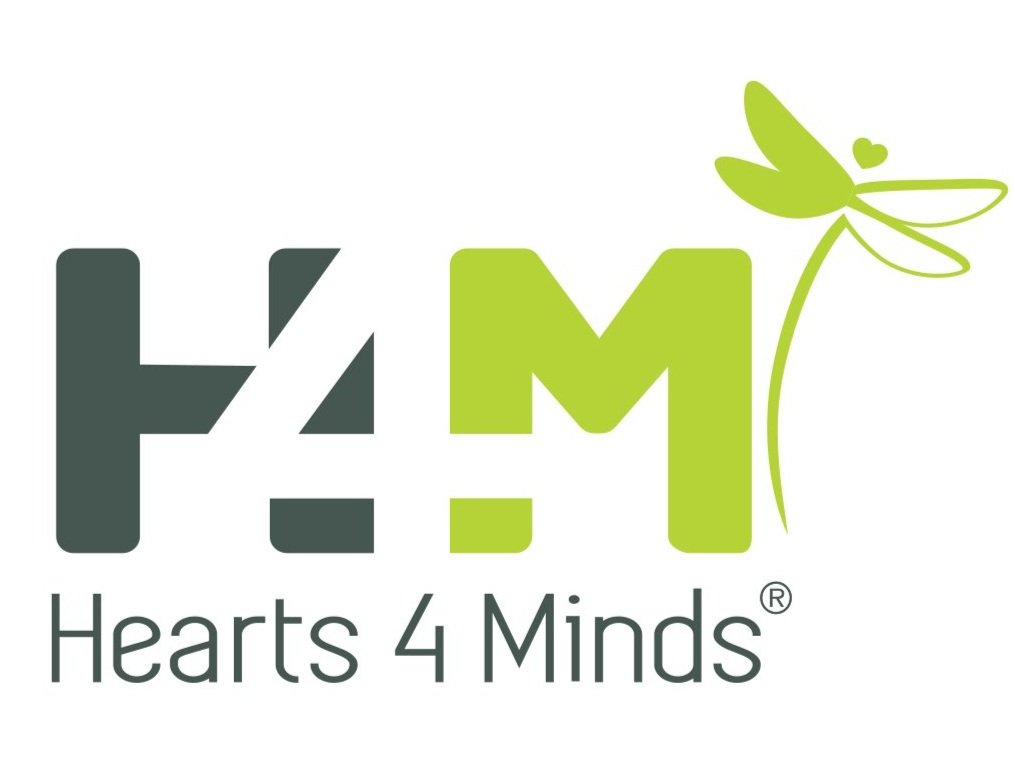Self-Injury (Cutting, Self-Harm, or Self-Mutilation)
What is Self-Injury?
Self-injury, also known as self-harm or self-mutilation, is the act of deliberately hurting one’s own body as a way to cope with emotional pain, stress, or overwhelming feelings. While it is not typically a suicide attempt, it is a serious sign of emotional distress and may increase the risk of suicide over time.
In the DSM-5, it is classified as “Non-Suicidal Self-Injury” under conditions for further study.
Around 17% of adolescents and 5% of adults report engaging in self-injury at least once.
NIMH: National Institute of Mental Health [source]
SYMPTOMS AND PATTERNS
-
Engaging in actions like cutting, burning, scratching, hitting, or biting oneself.
-
Scars, cuts, or burns, often located on arms, legs, or other areas typically kept covered by clothing.
-
Feeling temporary relief, calm, or emotional “numbness” after self-harm, often followed by shame or regret.
-
Episodes often linked to overwhelming sadness, anger, emptiness, or harsh self-criticism.
-
Keeping sharp objects or tools specifically for self-injury or planning when and how it will occur.
WHAT TREATMENTS ARE AVAILABLE?
DIALECTICAL BEHAVIOR THERAPY (DBT)
DBT is one of the most effective treatments for self-injury. It focuses on helping individuals manage intense emotions, build distress tolerance, and develop healthier coping mechanisms. Through mindfulness and behavioral skills training, people learn to reduce harmful behaviors and replace them with safer, more adaptive responses.
COGNITIVE BEHAVIORAL THERAPY (CBT)
CBT helps individuals recognize and challenge the negative thoughts and beliefs that contribute to self-harming behaviors. By learning new ways to cope with emotional distress, people can gradually reduce urges to self-harm and strengthen problem-solving and self-soothing skills. CBT can be delivered in-person or through online and telehealth options.
TRAUMA-INFORMED THERAPY
Many individuals who self-injure have experienced past trauma. Trauma-informed therapy addresses the root causes of emotional pain by creating a safe, supportive environment that emphasizes healing, empowerment, and trust. This approach helps individuals process trauma without resorting to self-harm as a coping mechanism.
SUPPORT GROUPS
Peer and community support can be an important part of healing. Support groups offer connection, understanding, and encouragement from others who have experienced self-injury. These groups help reduce shame and isolation while building hope and accountability.
MEDICATION
SELECTIVE SEROTONIN REUPTAKE INHIBITORS (SSRIs)
SSRIs such as sertraline (Zoloft), fluoxetine (Prozac), and citalopram (Celexa) are often prescribed to help regulate mood and emotional stability. By balancing serotonin levels in the brain, these medications can reduce symptoms of depression, anxiety, and impulsivity, which are often linked to self-harming behaviors.
SEROTONIN-NOREPINEPHRINE REUPTAKE INHIBITORS (SNRIs)
Medications such as venlafaxine (Effexor XR) or duloxetine (Cymbalta) affect both serotonin and norepinephrine. They can be beneficial for individuals whose self-injury is connected to chronic emotional distress, anxiety, or trauma-related symptoms.
MOOD STABILIZERS
Mood stabilizers like lamotrigine (Lamictal) or lithium may be prescribed for individuals who experience intense mood swings, impulsivity, or emotional dysregulation—especially when self-injury occurs alongside borderline personality disorder (BPD) or bipolar disorder.
SELF MANAGEMENT
Practice grounding or mindfulness techniques to manage emotional distress.
Develop alternative coping skills such as squeezing ice, journaling, or drawing on skin with markers.
Create a safety plan with a trusted person or therapist.
Limit access to objects that could be used for self-harm.
Reach out to supportive friends, family, or mental health groups when urges arise.
HOW DO I GET HELP?
BECOME AN EXPERT
Educate yourself about social anxiety disorder, its symptoms, and effective treatment options. Reliable information can help you better understand what’s happening and remind you that you’re not alone. Explore trusted resources like the National Institute of Mental Health (NIMH), the Anxiety & Depression Association of America (ADAA), and the Mayo Clinic for accurate, research-based guidance.
KNOW YOUR TRIGGERS AND STRESSORS
Take note of the specific situations that cause your anxiety to rise. It might be public speaking, meeting new people, or even everyday interactions like ordering food or making phone calls. Understanding your triggers can help you and your therapist develop personalized strategies to gradually face and manage those fears in a controlled, supportive way.
PARTNER WITH YOUR HEALTH CARE PROVIDERS
If you think you may have social anxiety disorder, reach out to a mental health professional such as a therapist, psychologist, or psychiatrist. Together, you can create a treatment plan that fits your needs this may include therapy, medication, or both. Remember, improvement takes time. Stay open with your care team, track your progress, and communicate about what is or isn’t working.
GET HEALTHY
Your physical health can significantly affect your anxiety levels. Regular exercise, nutritious meals, and good sleep hygiene help stabilize mood and reduce overall stress. Mindfulness practices such as deep breathing, yoga, or meditation can also calm the nervous system and make coping with anxiety easier.
AVOID DRUGS AND ALCOHOL
While substances like alcohol or recreational drugs might seem to temporarily relieve anxiety, they often make symptoms worse over time. These substances can interfere with medication, worsen mood, and lead to dependency. Choosing healthier coping mechanisms supports long-term recovery and well-being.
